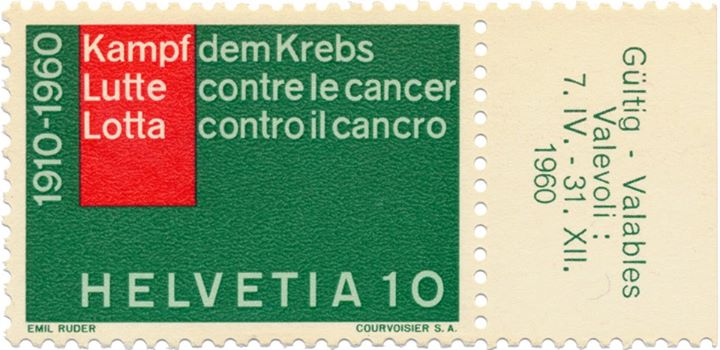Uncovering SNP (single nucleotide polymorphisms)-environment interactions can generate new hypotheses about the function of poorly characterized genetic variants and environmental factors, like pesticides. We evaluated SNP-environment interactions between 30 confirmed prostate cancer susceptibility loci and 45 pesticides and prostate cancer risk in 776 cases and 1,444 controls in the Agricultural Health Study. We used unconditional logistic regression to estimate odds ratios (ORs) and 95% confidence intervals (CIs). Multiplicative SNP-pesticide interactions were calculated using a likelihood ratio test. After correction for multiple tests using the False Discovery Rate method, two interactions remained noteworthy. Among men carrying two T alleles at rs2710647 in EH domain binding protein 1 (EHBP1) SNP, the risk of prostate cancer in those with high malathion use was 3.43 times those with no use (95% CI: 1.44–8.15) (P-interaction = 0.003). Among men carrying two A alleles at rs7679673 in TET2, the risk of prostate cancer associated with high aldrin use was 3.67 times those with no use (95% CI: 1.43, 9.41) (P-interaction = 0.006). In contrast, associations were null for other genotypes. Although additional studies are needed and the exact mechanisms are unknown, this study suggests known genetic susceptibility loci may modify the risk between pesticide use and prostate cancer.
Source: Koutros S, Berndt SI, Hughes Barry K, Andreotti G, Hoppin JA, et al. (2013) Genetic Susceptibility Loci, Pesticide Exposure and Prostate Cancer Risk. PLoS ONE 8(4): e58195. doi:10.1371/journal.pone.0058195

- Login om te reageren
